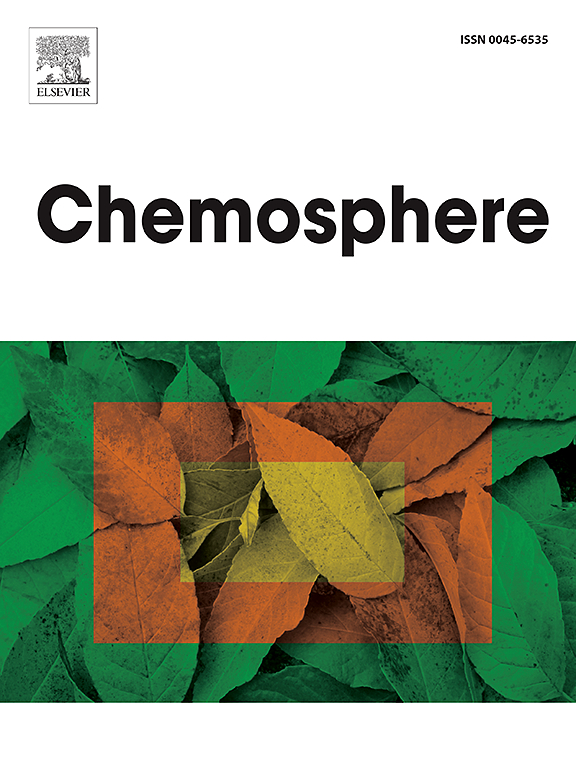Age, gender, and race differences in nasal morphology: Linking air conditioning and filtration efficiency to disparities in air pollution health outcomes and COVID-19 mortality
IF 8.1
2区 环境科学与生态学
Q1 ENVIRONMENTAL SCIENCES
引用次数: 0
Abstract
COVID-19 mortality disparities underscore the critical role of environmental factors, age, sex, and racial demographics. This study investigates how individual variations in nasal morphology – specifically its air conditioning (temperature and humidity regulation) and filtration functions – may influence respiratory health and contribute to differential COVID-19 outcomes.
Analysis reveals significant differences in nasal structure and function across racial, sex, and age groups, demonstrating associations with disparities in respiratory vulnerability to environmental stressors such as air pollution, infectious aerosols, and climatic conditions. Specifically, wider nasal cavities (more common in certain populations), larger male nasal passages, and age-related changes like mucosal atrophy and increased endonasal volume impair air conditioning and filtration efficiency.
These morphological variations influence the nose's protective capacity, which is critical for shielding the middle and lower airways from environmental exposures. Populations with inherently reduced nasal filtration and conditioning efficiency demonstrate higher vulnerability, aligning with U.S. mortality patterns for both COVID-19 and air pollution across demographic groups. This suggests a direct link between nasal anatomy and population-level health disparities.
These findings provide novel insights into the role of nasal anatomy in mediating respiratory health disparities by modulating individual responses to environmental exposures, air pollution, and pathogens. They highlight the need to address critical gaps in understanding how airway characteristics influence susceptibility to environmental stressors and to develop targeted interventions aimed at reducing health disparities.

求助全文
约1分钟内获得全文
求助全文
来源期刊

Chemosphere
环境科学-环境科学
CiteScore
15.80
自引率
8.00%
发文量
4975
审稿时长
3.4 months
期刊介绍:
Chemosphere, being an international multidisciplinary journal, is dedicated to publishing original communications and review articles on chemicals in the environment. The scope covers a wide range of topics, including the identification, quantification, behavior, fate, toxicology, treatment, and remediation of chemicals in the bio-, hydro-, litho-, and atmosphere, ensuring the broad dissemination of research in this field.
 求助内容:
求助内容: 应助结果提醒方式:
应助结果提醒方式:


